Bioprocess for reducing the solubility of rhizospheric cadmium
 Ecuador
Ecuador
 Argentina
Argentina
 Spain
Spain
Executive Summary
Successful marketing of Latin American Fine Aroma National cocoa is hampered by high cadmium (Cd) content in the beans. This project will formulate an innovative, highly efficient and climatically intelligent bioprocess to reduce the solubility of Cd in the rhizosphere of cocoa plants with a protocol suitable for transfer to cocoa farms. Activities will be implemented via technical cooperation with scientists, family producers, as well as private and governmental sectors in Eucador, Argentina, Spain and Venezuela. Knowledge transfer will be carried out via publications and training in order to reach an estimated 3,130 direct beneficiaries and 3,000 indirect beneficiaries related to the cocoa marketing chain.
The technological solution
The solution is a bioprocess generated by isolating a consortium of soil fungi combined to reduce the level of cadmiun (Cd) present in the cocoa beans. These will include saprobic fungi (HS) that reduce the solubility of Cd, and arbuscular mycorrhizal fungi (HA) that decrease Cd absorption. The fungi species selected will be native to local cocoa plantations to avoid the risk of introducing foreign microorganisms to the soil ecosystem. The effectiveness of the bioprocess in bioreactors will be assessed and scaled up to Technology Readiness Levels (TRL) 6 and 7 in cocoa family farms (FF). Furthermore, by increasing plant growth and, consequently, the quantity of organic matter in the soil, HS and HA contribute to the improvement of soil aggregation and enhance soil water retention capacity and atmospheric carbon capture, providing an intelligent response to the effects of climate change.
Results
1) Knowledge of innovation and scaling acquired by the network of entrepreneurs/producers and students (895), and generation of didactic material (65) broadcast online via webinars, workshops, seminars, classes, and graphics.
2) HA and HS isolated from Cd-containing soils in cocoa farms, and bioprocess testing via the construction and commissioning of 8 bioreactors (control treatments) yielding CBr.a values lower than 1.
3) Establishment of calibration and scaling protocols that will empower the civil associations of cocoa producers founded in Ecuador and Venezuela.
4) Generation of different products aimed at the dissemination, communication, and transfer of knowledge acquired during the project.
Beneficiaries
There will be 3,130 direct beneficiaries of the project, including: 1) 2,880 people living in 720 2 ha-average family cocoa farms in Ecuador; 2) 100 people living in 25 0.4 to 1 ha cocoa family farms on the Paria Peninsula in Venezuela (assuming each family farm has 4 members); 3) 150 pre- and post-graduate thesis students, field professionals, and entrepreneurs trained in modern field methodologies. There will also be 3,000 indirect beneficiaries, involved in socio-economic activities relating to cocoa who are not producers themselves. With respect to national and regional forecasts, we anticipate that via good knowledge management practices and with the participation of the Decentralized Autonomous Government (GAD) of Manabi and the Fortaleza del Valle Corporation (FdV) in Ecuador, and the Turba Deltana Company (ETD) in Venezuela, this project will benefit up to 5% of the entire sector active in the cocoa value chain of each country, equivalent to 46,000 people at the national level and 150,000 at the regional level.
Sustainable Development Goals
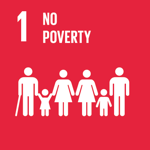
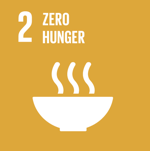
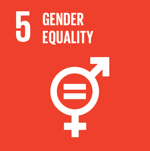
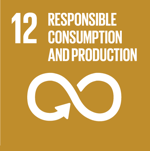
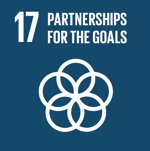
Project news
Participating Organizations
Executor
- Universidad Técnica de Manabí (UTM) - Ecuador
Co-executor
- Universidad Tecnológica Nacional (UTN) - Argentina
- Consejo Superior de Investigaciones Científicas (CSIC) - España
- Instituto de biodiversidad y Biología Experimental y Aplicada (IBBEA) - Argentina
Associated
- Corporación Fortaleza del Valle (FdV) - Ecuador
- Gobierno Autónomo Descentralizado de Ecuador (GAD) - Ecuador





